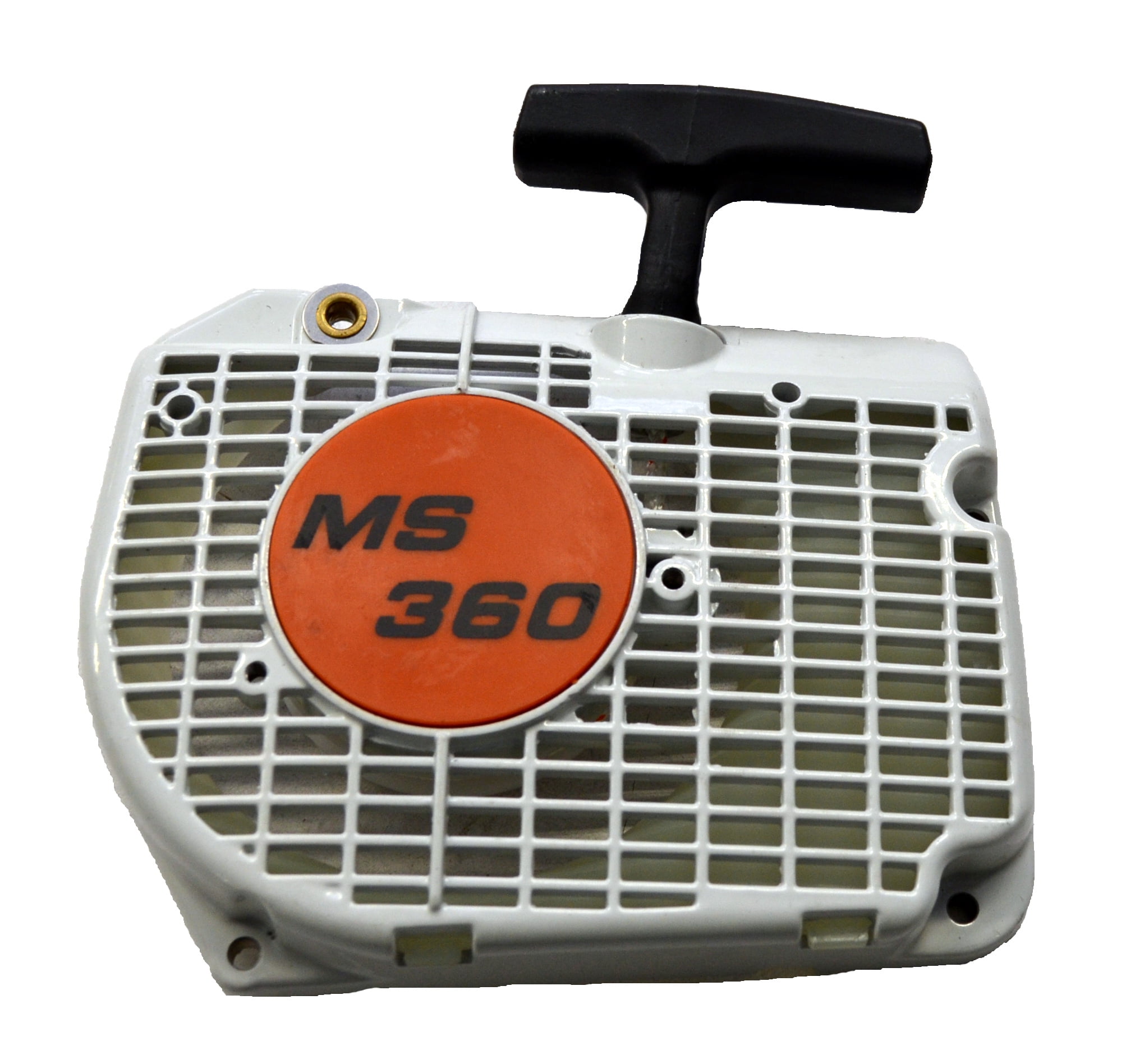
- #Tune sweeper error message how to
- #Tune sweeper error message full version
- #Tune sweeper error message install
- #Tune sweeper error message code
- #Tune sweeper error message trial
If you have different integration experience. Make sure that user are using recent version of Integration level may vary depending on the application version and other factors.
#Tune sweeper error message full version
The full version of the software costs $24.99, giving access to all functionality, free customer support and a lifetime of free point software updates.
#Tune sweeper error message trial
Tune Sweeper is available as a free trial download for Windows. Tune Sweeper is compatible all versions of iTunes. Furthermore, Tune Sweeper can download any missing album artwork for you to complete your music collection, as well as allowing users to view a quick overview of their iTunes statistics. Tune Sweeper 4 can also find and download any incorrect track data for your songs, fixing any tracks labelled “track 01”, “track 02” etc. To help users tidy up their iTunes library further, Tune Sweeper also contains the ability to find and delete missing tracks in iTunes, as well as being able to locate any tracks on your hard drive which are not currently in iTunes and add them to your library if required. It displays your iTunes duplicates in groups so that you can easily select which of the tracks you want to remove from your iTunes at the click of a button. Tune Sweeper can scan your iTunes library for duplicate tracks based on your preferred search criteria.
#Tune sweeper error message how to
See the official documentation.įor simplicity, we only show how to validate the parameters for the dataset, and we leave the rest as an exercise.Tune Sweeper 4 is an easy to use utility which lets you quickly and easily clean up your iTunes Library. 👀 Schemas can also be used as an alternative to YAML files, but we do not cover this use here. We conclude this rather lengthy overview of Hydra with a final interesting possibility: validating at run-time the parameters by specifying a configuration schema. Validating the configuration with a schema Hydra also supports a number of external launchers and sweepers, which are not covered in this post. There are different ways for specifying the sweep range besides a list. The -m flag (alternatively, -multi-run) instructs Hydra to perform a sweep. # Out: # Launching 2 jobs locally #0 : classifier=small #. Python main.py -m classifier =small,large We start by creating a simple config.yaml file with some details about our (fake) image dataset: While there is a huge number of ways to specify a configuration file, Hydra works with YAML files. With this in mind, let us dive in! First steps: manipulating a YAML file We will build this setup step-by-step, learning about a number of Hydra functionalities in turn. On the right side, our training script exploits the resulting dictionary-like object to build our model. On the center, Hydra automatically loads and composes our configuration files, dynamically overriding any value we request at runtime.

On the left we have a number of configuration files, describing in turn: Our final configuration will be like this (do not worry if you do not perfectly understand this figure right away): We consider a classical fine-tuning scenario, where we fine-tune a small classification model on top of a pre-trained convolutional neural network.
#Tune sweeper error message code
Some code is based on PyTorch, but it can adapted easily to other deep learning frameworks. All the changes between versions are documented on the website. To resolve this issue, its best to first try adding an exception for both 'TuneUp.exe' and 'TuneUpDater.exe' in any firewall or anti-virus program you have installed on your machine. ⚠️ A warning: several instructions below will not work properly on previous versions of the library.
#Tune sweeper error message install
We will use the upcoming 1.1 version of the library, which you can install as: 🔗 The code for this tutorial is available on a GitHub repository.

For these, I invite you to read the original documentation. The selection is biased by what I found most useful in practice, and does not cover the full range of options given by Hydra. I overview a number of topics, including how to instantiate classes, run sweeps over parameters, and validate the configuration at run-time. This post is intended as a short, self-contained introduction to this tool. Despite its simplicity, it is an incredibly powerful tool for a lot of scenarios, building on the flexibility of OmegaConf, a large community base, and a number of additional plugins.

Over the last month, I have been exploring Hydra for configuring and managing machine learning experiments.


 0 kommentar(er)
0 kommentar(er)
